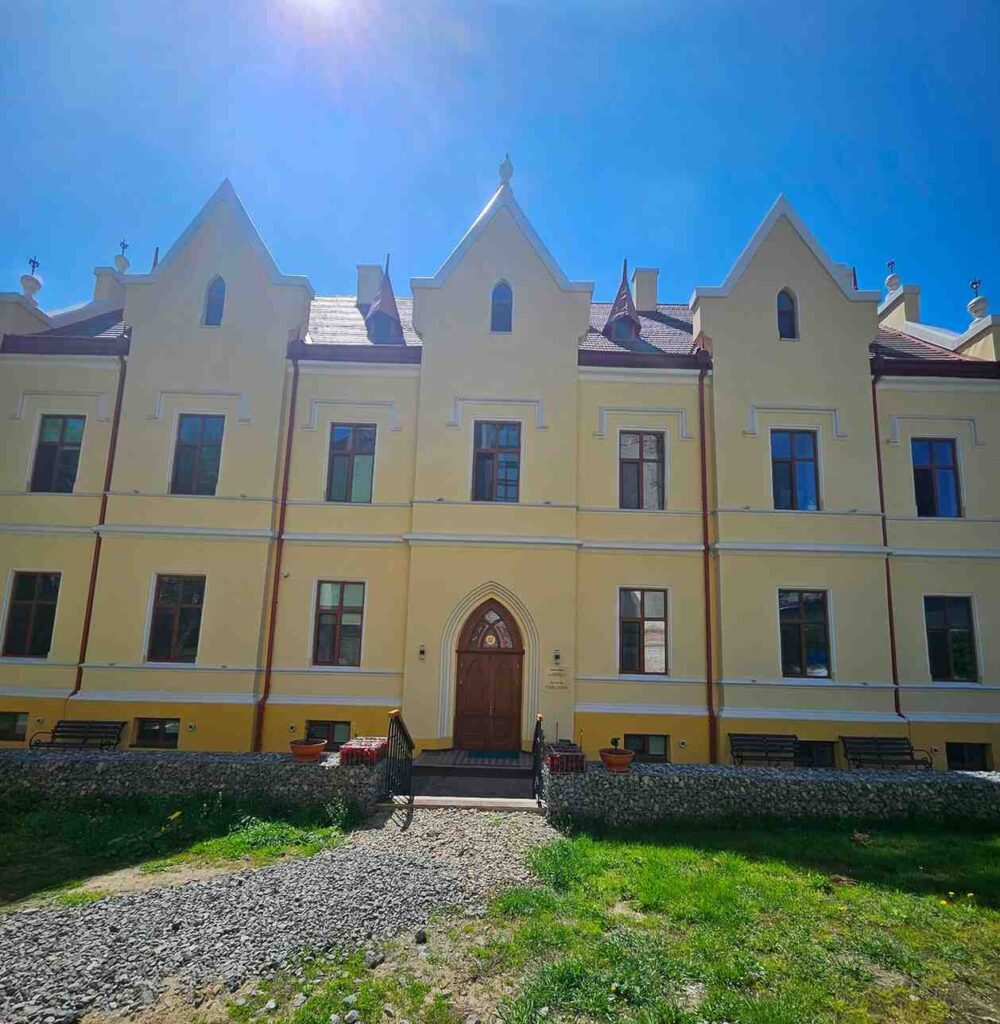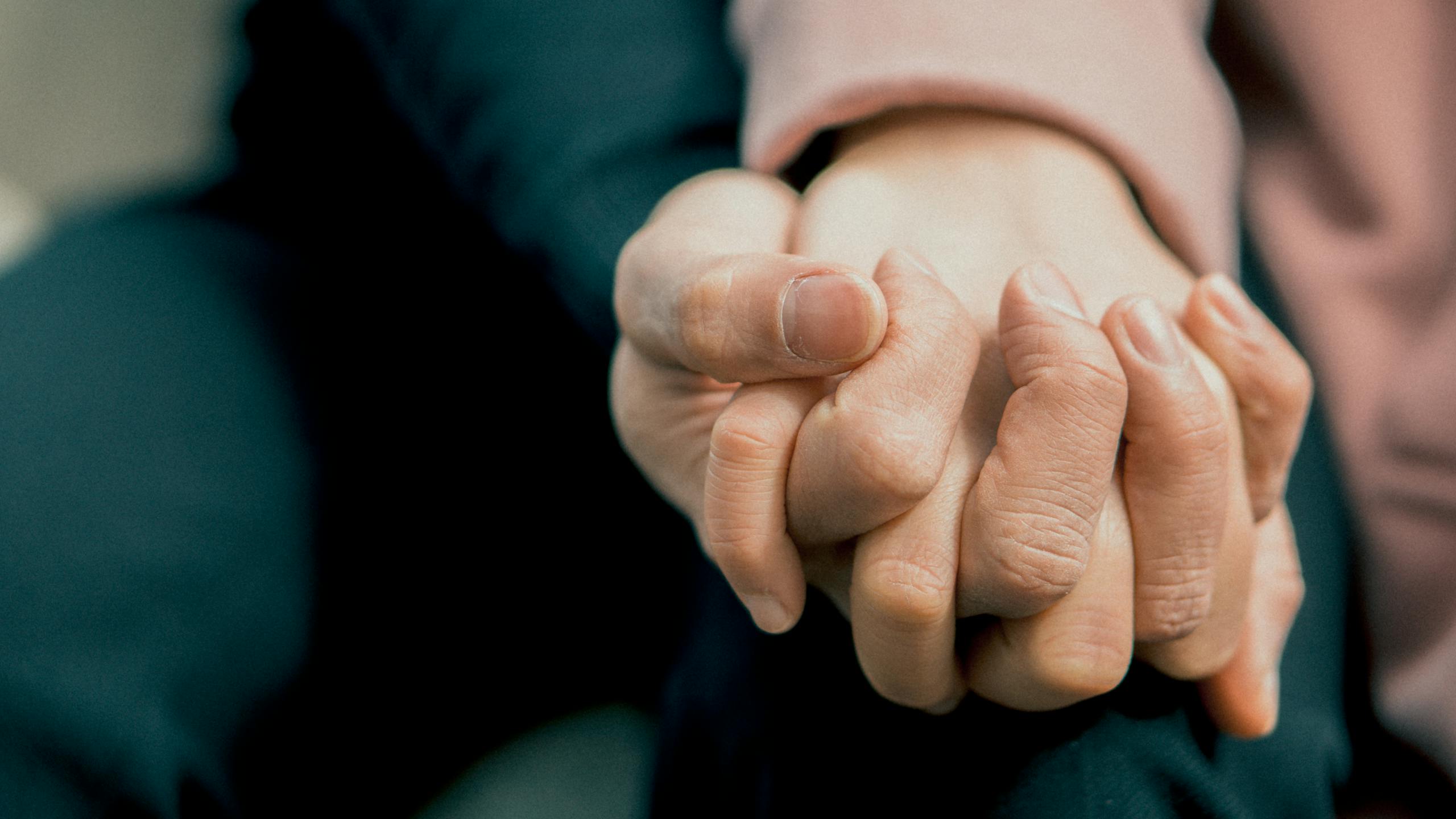
The history of the parish of the Most Sacred Heart of Jesus in Chernivtsi is closely connected with the presence of the Jesuits in this city. The beginning of their pastoral activity can be traced back to 1885, when Archbishop Zygmunt Szczęsny Feliński donated his house to the Jesuits. They opened a chapel there, where sermons were delivered in Polish and German. In 1894, Fr. Franciszek Eberhard SJ (1844–1905) completed the construction of the church after
four years of work, and also built a Gothic-style house to serve as a residence. The church was consecrated on October 25, 1894, by Archbishop Seweryn Morawski.
Having built the church and the monastery house, the Jesuits in Chernivtsi were able to expand their activities: they took over catechesis in public schools, established the Sodality of Our Lady, and conducted missions for the people. During World War I, Bukovina became a war zone – the front line passed through the region, and the city itself changed hands several times. In 1916, Chernivtsi was occupied by the Russians, and two years later it became part of Romania.
In 1924, due to the new political situation, the then Superior General of the Jesuits, Fr. Włodzimierz Ledóchowski SJ, established the Romanian mission, into which he incorporated the Jesuits of Chernivtsi. The Jesuits continued their work there until 1944, when the last parish priest, Fr. Władysław Kumorowicz SJ, was arrested. He was deported to Mongolia and later to Kazakhstan. He returned to Poland during the repatriation wave in 1956. In 1961, he became the superior of the Jesuit community and the parish in Bytom, but in September of that same year, he was fatally struck by a car. Fr. Kumorowicz remains remembered in the history of the Chernivtsi parish and the Archdiocese of Lviv as a ealous parish priest and the one who organized aid for refugees from Poland in 1939. From 1941, he also served as the vicar general for Bukovina.
When this part of Bukovina became part of the Ukrainian Soviet Republic, the church was definitively confiscated. For a short time, it served as an Orthodox church, after which it was converted into an archive.
The church was recovered in 2010 and is currently undergoing major renovations to restore at least a piece of its former glory.



